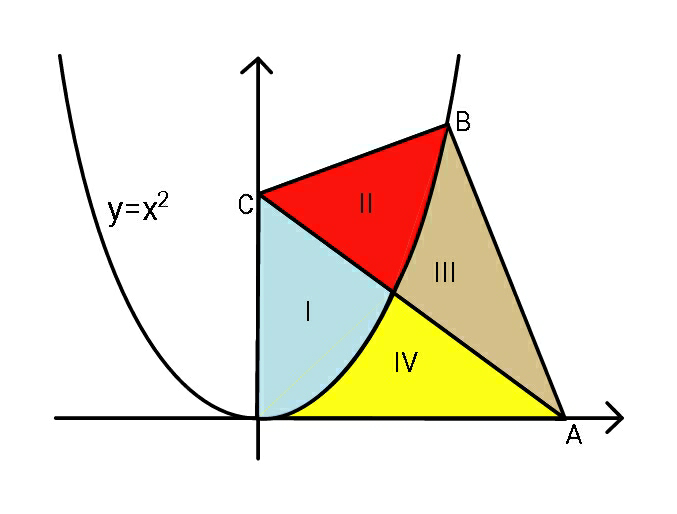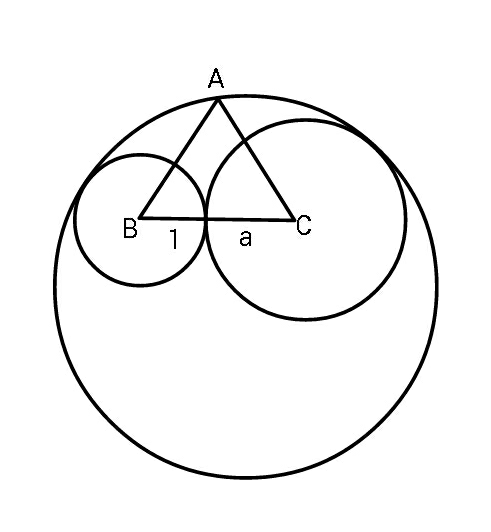
AllQuestion and Answers: Page 1339
Question Number 79719 Answers: 1 Comments: 1
Question Number 79718 Answers: 0 Comments: 0
Question Number 79705 Answers: 0 Comments: 3
Question Number 79697 Answers: 2 Comments: 1

Question Number 79694 Answers: 0 Comments: 1

Question Number 79689 Answers: 0 Comments: 2
Question Number 79679 Answers: 0 Comments: 2
Question Number 79675 Answers: 0 Comments: 11

Question Number 79670 Answers: 0 Comments: 0
Question Number 79652 Answers: 0 Comments: 0
Question Number 79649 Answers: 1 Comments: 6
Question Number 79647 Answers: 1 Comments: 2
Question Number 79646 Answers: 0 Comments: 1
Question Number 79645 Answers: 0 Comments: 0
$${find}\:\int_{\mathrm{0}} ^{\mathrm{1}} \:{ln}\left(\mathrm{1}+{x}^{\mathrm{4}} \right){dx} \\ $$
Question Number 79644 Answers: 1 Comments: 1
Question Number 79635 Answers: 0 Comments: 9
Question Number 79634 Answers: 1 Comments: 3

Question Number 79627 Answers: 0 Comments: 2
Question Number 79626 Answers: 1 Comments: 0
Question Number 79625 Answers: 1 Comments: 0
Question Number 79615 Answers: 0 Comments: 3
Question Number 79609 Answers: 1 Comments: 1

Question Number 79607 Answers: 0 Comments: 1
Question Number 79588 Answers: 1 Comments: 3
Question Number 79580 Answers: 0 Comments: 5
Question Number 79572 Answers: 1 Comments: 1

Pg 1334 Pg 1335 Pg 1336 Pg 1337 Pg 1338 Pg 1339 Pg 1340 Pg 1341 Pg 1342 Pg 1343
